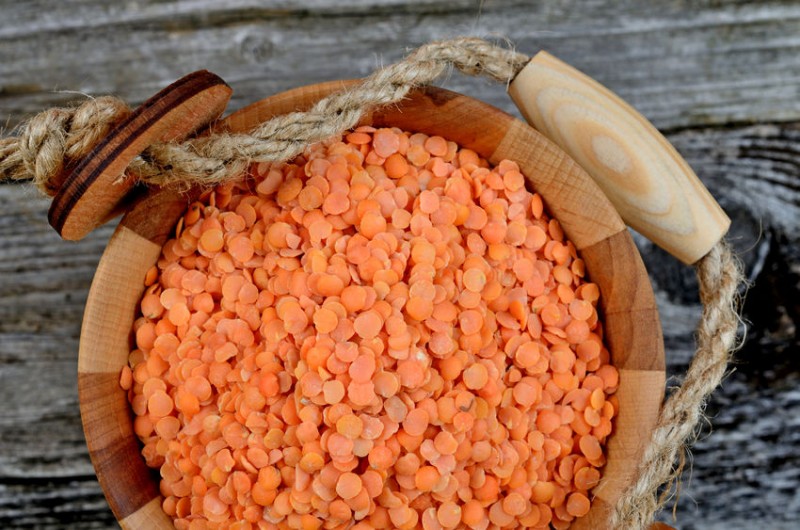Lentils significantly lower blood glucose levels
Type 2 diabetes is characterised by spikes in blood glucose levels. Having higher glucose levels for a long period of time can lead to diabetic complications. That is why researchers from Canada conducted a study to investigate how swapping starchy dishes with lentils can impact the blood glucose response.
Pulses are extremely nutrient-dense with a high glycaemic index (GI). They have the potential to reduce the mismanagement of blood glucose levels and thus help in preventing other associated health problems.
Replacing half a serving of rice with lentils led to a 20 per cent drop in blood glucose levels, while replacing half a serving of potatoes with lentils led to a 35 per cent drop.
Using a cross-over design, the study involved two groups of 24 healthy adults who were randomly assigned to consume four dishes — white rice only, instant potato only, or a 50:50 combination of the same starch source with one of the three types of lentils available — green lentils, small green lentils and split red lentils.
Researchers measured glucose levels in the participants’ blood before they ate as well as two hours afterwards. In comparison to rice alone, blood glucose was lowered after consumption of rice with large green, small green and split red lentils. The researchers also found that blood glucose was significantly lower after consumption of potato combined with each lentil, compared to potato alone.
Replacing half a serving of rice with lentils led to a 20 per cent drop in blood glucose levels, while replacing half a serving of potatoes with lentils led to a 35 per cent drop. Most people consume lentils in combination with other starches as part of a larger meal and the researchers wanted to reflect that in this study.
Pulses, like lentils, can slow digestion and the release of sugars found in starch into the bloodstream, thus preventing spikes experienced when consuming high GI foods like rice. Pulses also inhibit enzymes involved in the absorption of glucose, and the fibre contained in pulses boosts the production of short-chain fatty acids, which can help to reduce blood glucose levels.
Source: The Journal of Nutrition








